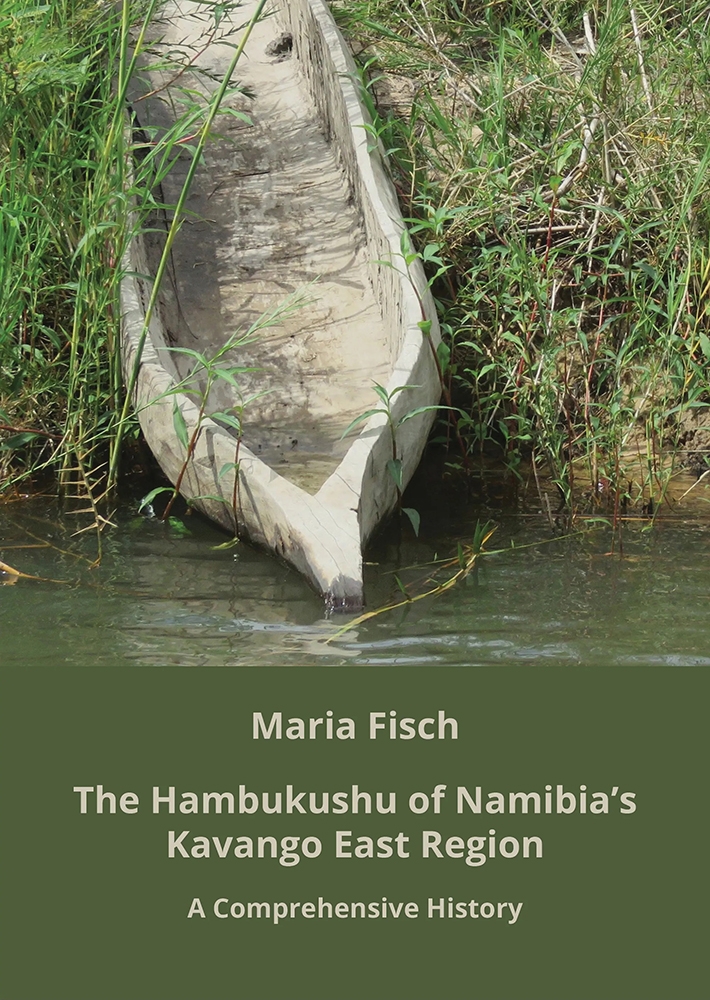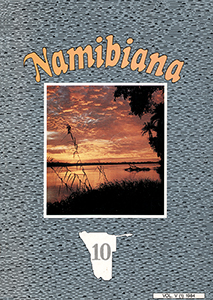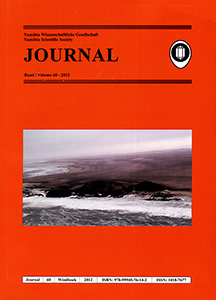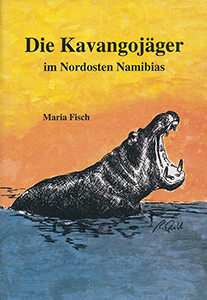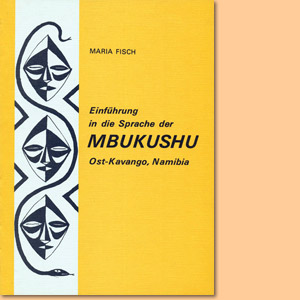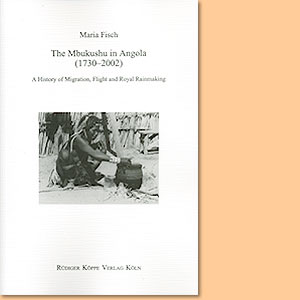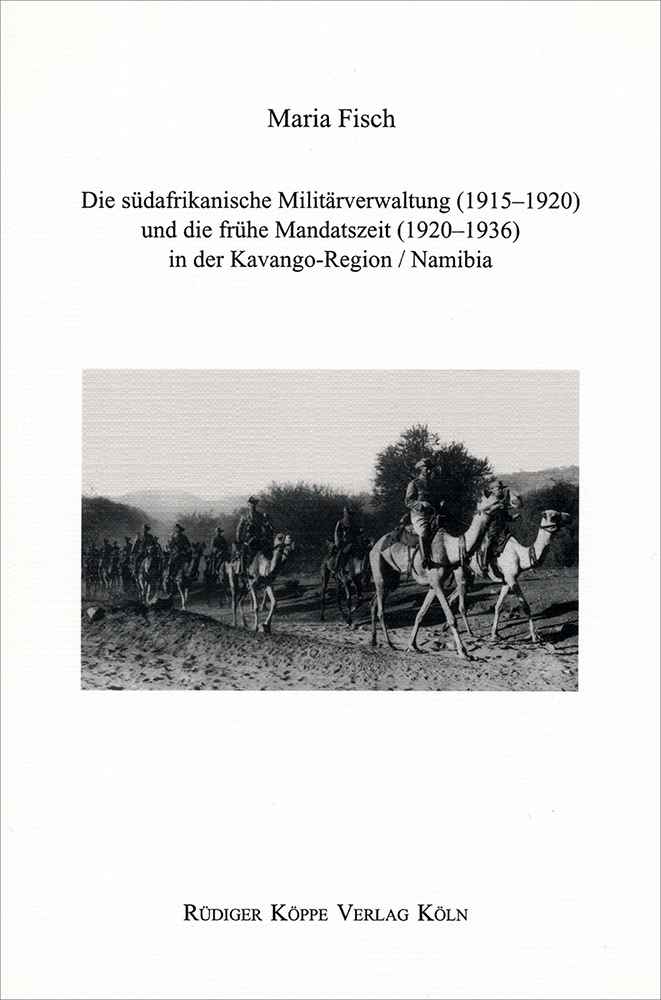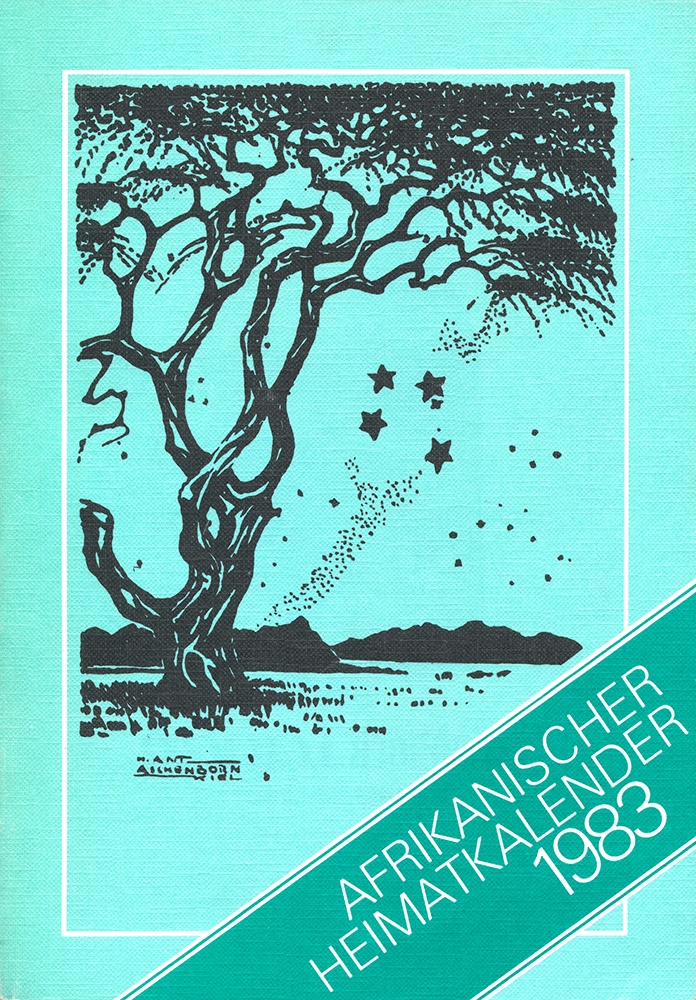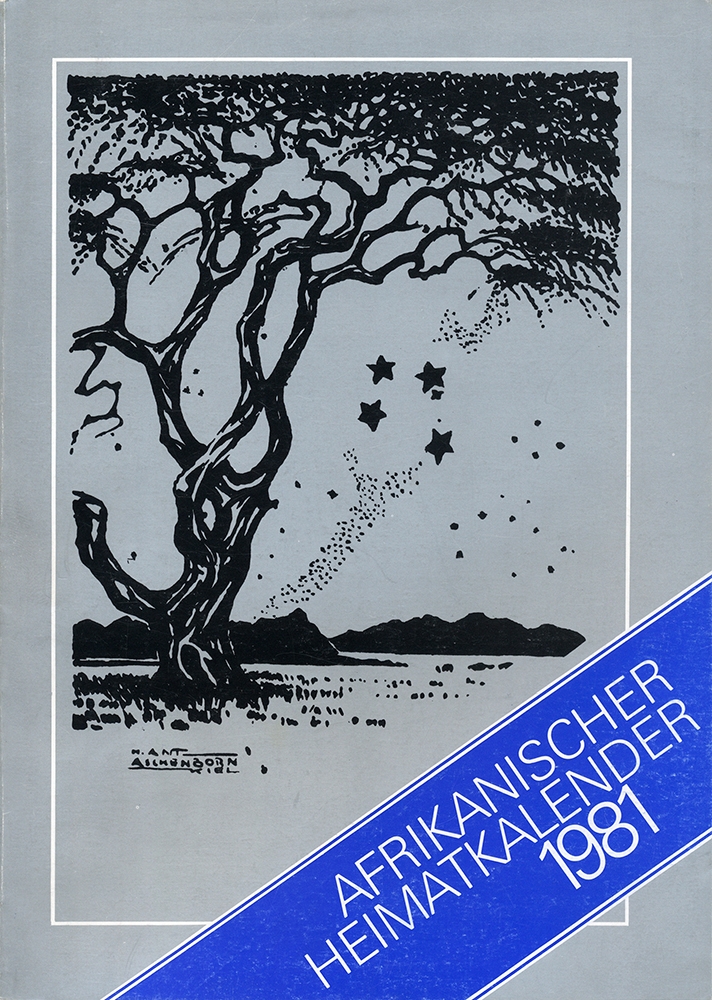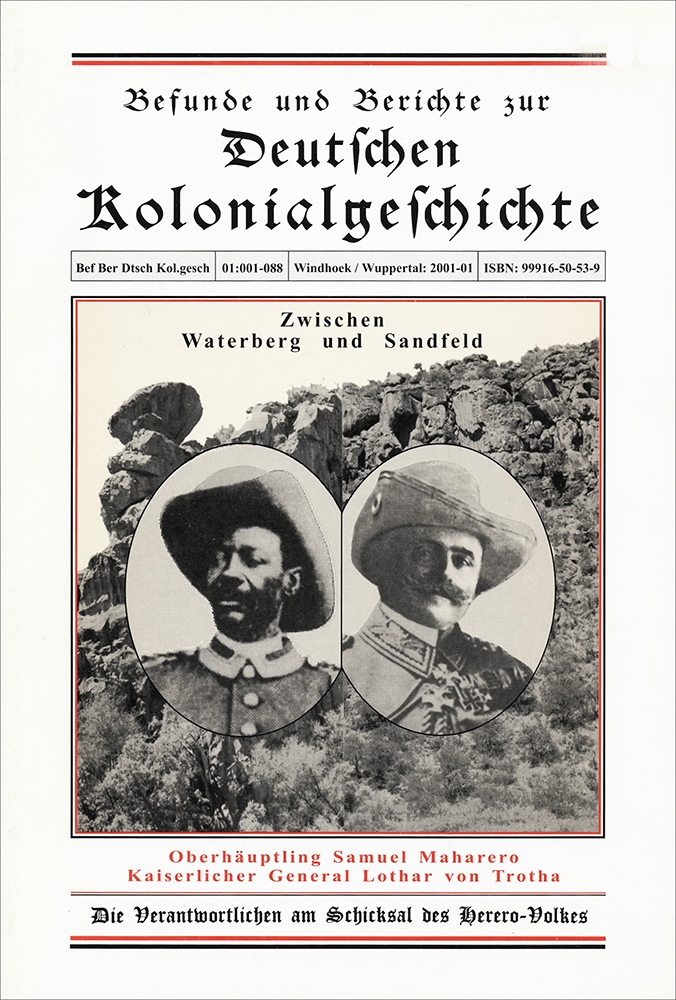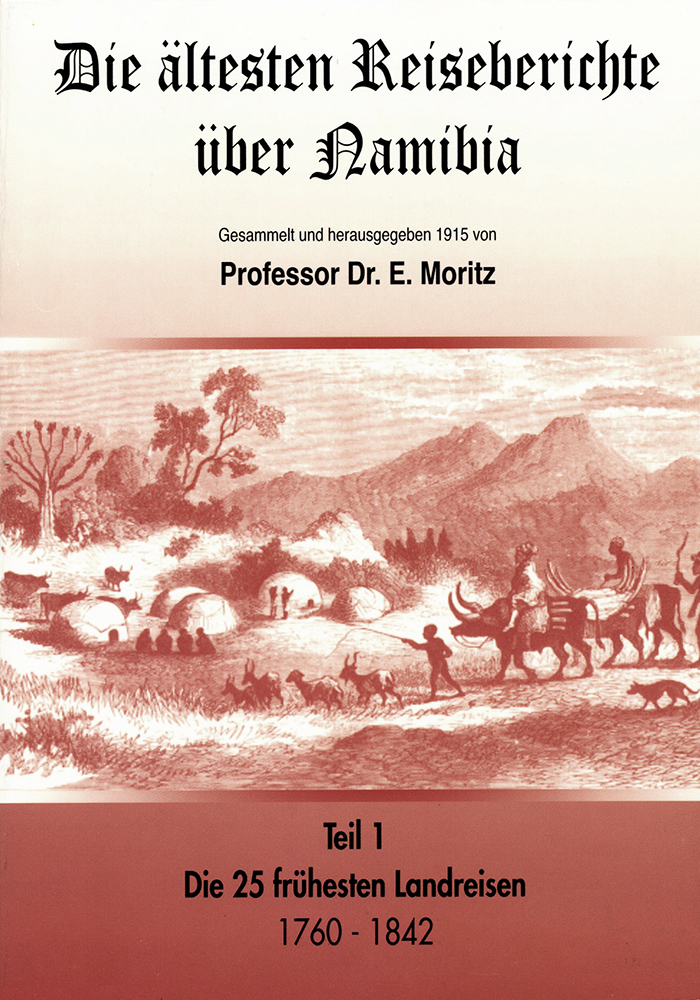The Hambukushu of Namibia’s Kavango East Region, by Maria Fisch
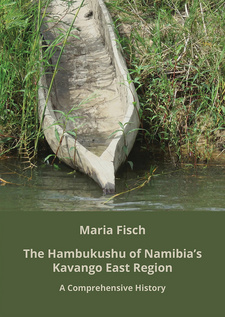
The Hambukushu of Namibia’s Kavango East Region, by Maria Fisch. Kuiseb Publishers. Windhoek, Namibia 2022. ISBN 9789994576784 / ISBN 978-99945-76-78-4
The manuscript The Hambukushu of Namibia's Kavango-East Region by Dr Maria Fisch was compiled over a period of approximately 40 years. Due to the authors increasing loss of her eyesight during the past years, she was dependent upon several persons, who assisted her in finalizing the manuscript.
This process jeopardized the accuracy of the text and resulted in misinterpretations, errors and contradictions. Unfortunately, she was not able to revise the final draft of the manuscript. As was agreed upon, the task of the Editor entailed the following: re-formatting the original manuscript; revision of and editing the German text; sorting the contents into a logical sequence and compiling a list of contents; removal of duplications and incoher-encies and elimination of errors; revision of and editing the English translation; compiling an Index of all place and personal names and selection of photographs and formulation of captions. The biggest challenge was posed by the presentation of incomplete and faulty documentary and archival sources. Although all notes made by the author during her research were carefully analysed, some archival sources could not be traced. The closure of the National Archives of Namibia during 2020/21 for renovation purposes made access to the original archival sources impossible. In order to fulfil the wish of the author to still witness the publication of the book, several archival sources listed among the references had to be left incomplete. Fortunately, copies of Father Wüst's and other source material from the Catholic Mission Archives were available and could be consulted for the correct identification of the CMA sources. Valuable assistance in tracing some of the documentary sources was rendered by Peter Reiner; in addition, Gunter von Schumann and Armin Jagdhuber of the Namibia Scientific Society Library were most helpful and left no stone unturned to assist in tracing some obscure titles, while their colleague Johannes Willibard scanned some maps. Werner Hillebrecht, the former Head of the National Archives, kindly assisted with the identification of some archival sources. Servasius Ndjunga, Senior Education Officer for Thimbukushu at the National Institute for Educational Development (NIED) cross-checked and corrected the Thimbukushu terminology and deserves a special word of appreciation for his work. While most of the photographs were supplied by the author from her own collection, she also acquired some photographs from the Roman Catholic Mission Archives in Dobra and Mainz; their permission to use them in the book is kindly acknowledged. A sincere note of appreciation is due to Peter Reiner and Hans-Martin Milk for making available some of their photographs and to Dr. John Mendelsohn, who kindly supplied high-resolution images of two of the maps and granted permission for them to be reproduced in this book. Finally, the continued assistance of Franz Irlich and Sybille Ermann is acknowledged. Situated in the far north-east corner of Namibia, the Kavango Region (since 2013 Kavango East and Kavango West Regions) derives its name from the Kavango River, the middle course of which today forms the border between Namibia and Angola. The other borders of the Kavango Region are as follows: In the west, the 18th degree east longitude defines the border with the four regions that formerly comprised Ovamboland. South of the Kavango Region is the large Otjozondjupa Region that was established only in 1998. The relatively small tribal area of the Hambukushu forms the eastern border of the Kavango Region. Its eastern boundary was repeatedly changed and finally determined along 22°30' east longitude (in the centre of the former West Caprivi) in 1998. At times the area of the West Caprivi, which became the Bwabwata National Park, fell under the administration of the East Caprivi. The centre line of the Kavango River is a political border only; for more than 200 years the river has formed the lifeline of five Bantu-speaking groups of people living on the islands, on both river banks, and in the far Angolan outback. Their names from west to east are Vakwangali, Vambunza, Vashambyu, Vagciriku, and Hambukushu.[...]
This is an excerpt frm The Hambukushu of Namibia’s Kavango East Region, by Maria Fisch.
Title: The Hambukushu of Namibia’s Kavango East Region
Subtitle: A Comprehensive History
Author: Maria Fisch
Publisher: Kuiseb Publishers
Windhoek, Namibia 2022
ISBN 9789994576784 / ISBN 978-99945-76-78-4
Softcover, 17 x 24 cm, 496 pages, numerous b/w photos
Fisch, Maria im Namibiana-Buchangebot
The Hambukushu of Namibia’s Kavango East Region
The Hambukushu of Namibia’s Kavango-East Region is the first ever comprehensive history of the Hambukushu people, covering a period of 300 years.
Namibiana Vol. V (1) 1984
Namibiana Nr. V(1) aus dem Jahr 1984 fiel mit geschichtlichen, gesellschaftlichen, völkerkundlichen und biographischen Themen deutlich üppiger aus als die Vorausgaben.
Journal 60-2012 (Namibia Wissenschaftliche Gesellschaft / Namibia Scientific Society)
Dies ist Band 60 des Journals der Namibia Wissenschaftliche Gesellschaft (Namibia Scientific Society), der 2012 herausgegeben wurde und bereits vergriffen ist.
Die Kavangojäger im Nordosten Namibias
Ethnographische Arbeit über Jagdmethoden, religiös-magische Praktiken, Lieder und Preisgedichte der Kavangojäger im Nordosten Namibias.
Einführung in die Sprache der Mbukushu, Ost-Kavango, Namibia
Die Einführung in die Sprache der Mbukushu, Ost-Kavango, Namibia wurde 1977 von der S.W.A. Wissenschaftlichen Gesellschaft herausgegeben.
The Mbukushu in Angola
A History of Migration, Flight and Royal Rainmaking among the Mbukushu in Angola.
Die südafrikanische Militärverwaltung (1915-1920) und die frühe Mandatszeit (1920-1936) in der Kavango-Region / Namibia
Ein wenig beschriebenes Thema: Die südafrikanische Militärverwaltung (1915-1920) und die frühe Mandatszeit (1920-1936) in der Kavango-Region Namibias.
Afrikanischer Heimatkalender 1983
Vom Afrikanischer Heimatkalender ist dieses Jahrbuch die Ausgabe von 1983.
Afrikanischer Heimatkalender 1981
Dies ist der 51. Jahrgang Afrikanischer Heimatkalender für das Jahr 1981.
Zwischen Waterberg und Sandfeld
"Zwischen Waterberg und Sandfeld: Die Verantwortlichen am Schicksal der Herero" ist Band 1 der Reihe Befunde und Berichte zur Deutschen Kolonialgeschichte.
Die ältesten Reiseberichte über Namibia, Teil 1
Im Teil 1 der Reihe 'Die ältesten Reiseberichte über Namibia' sind die 25 frühesten Landreisen zwischen 1760 und 1842 ins südwestliche Afrika beschrieben.
Der Caprivizipfel während der deutschen Zeit 1890-1914
Ein hochinteressante historische Dokumentation über den Caprivizipfel, eine in der deutschen Zeit 1890-1914 wenig beschriebene Region.

